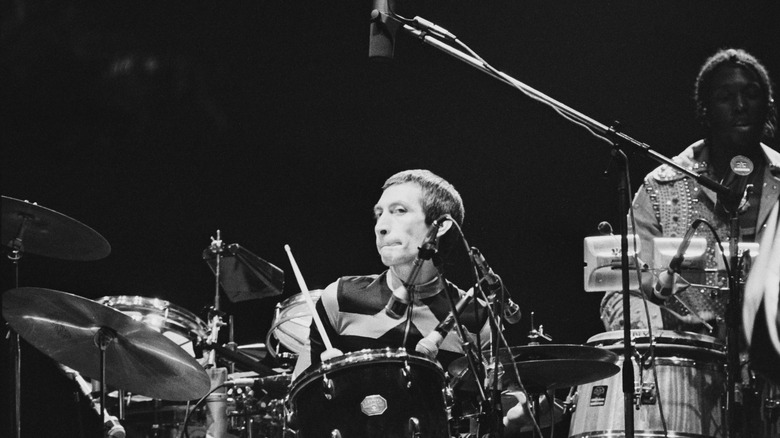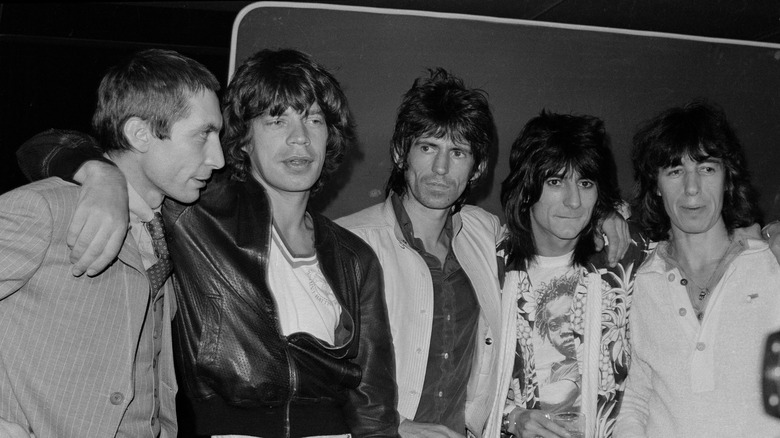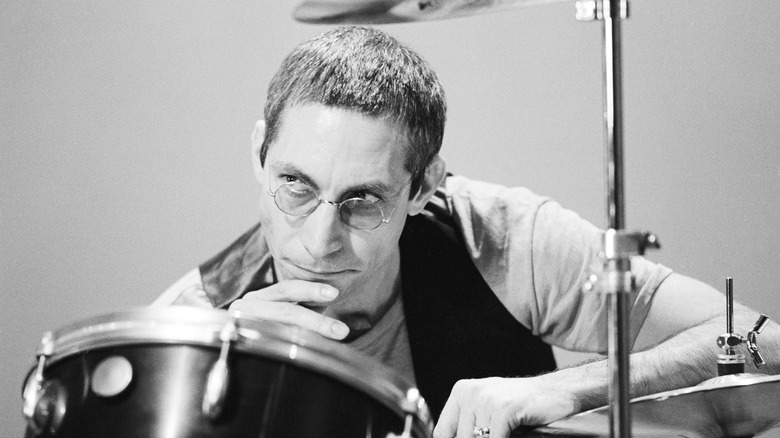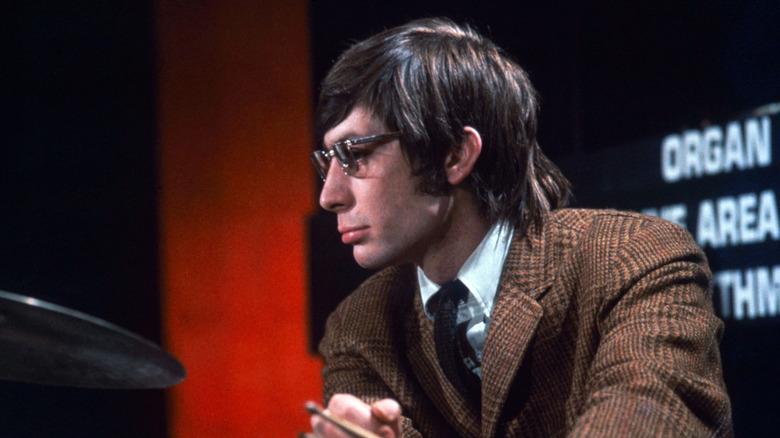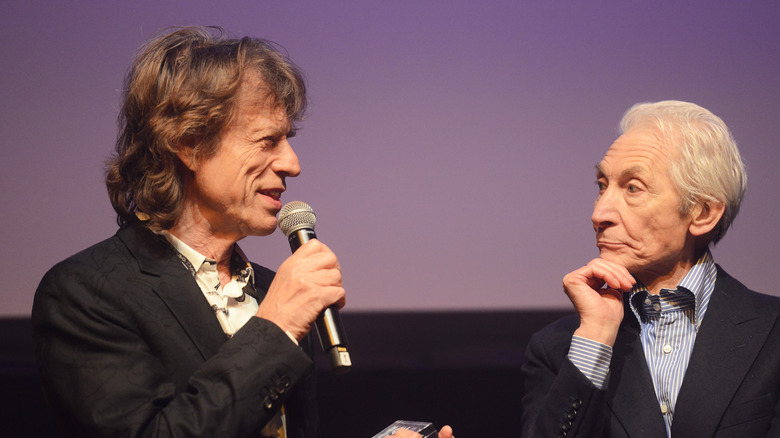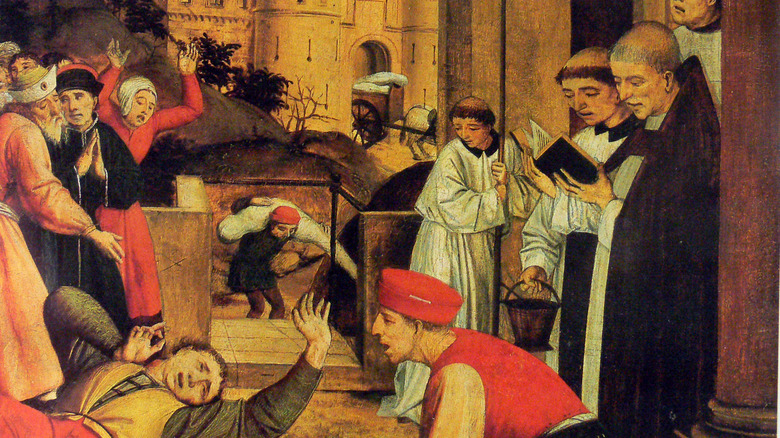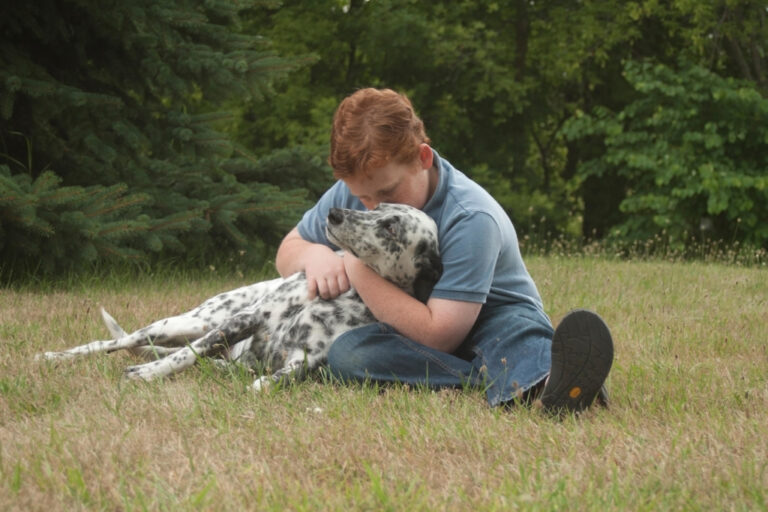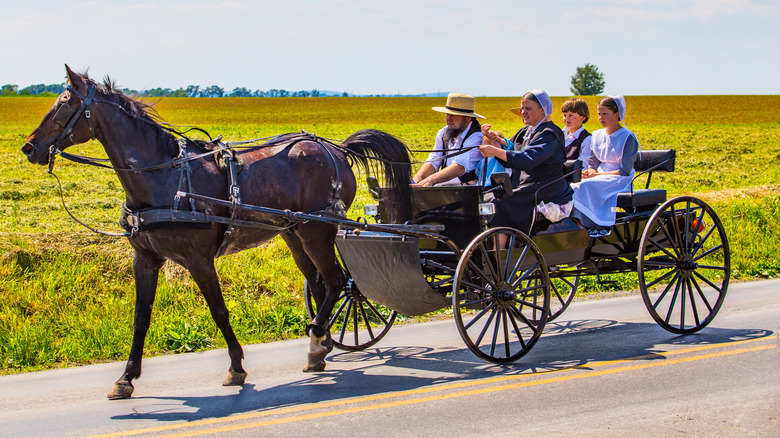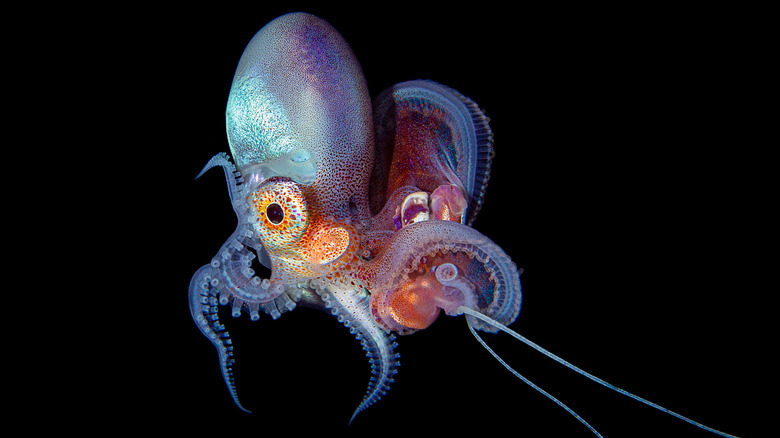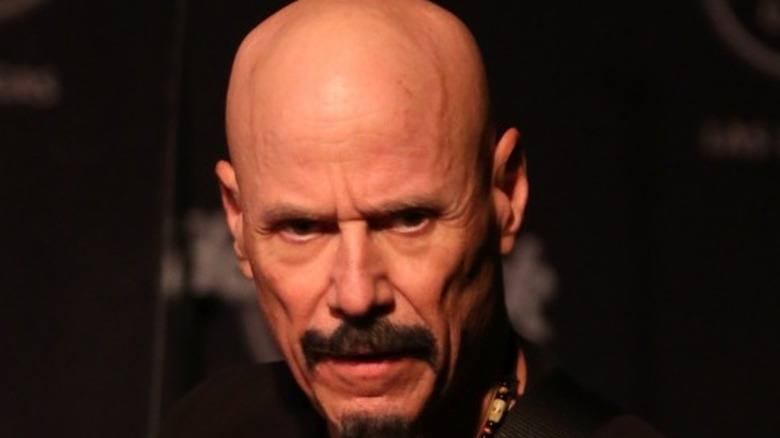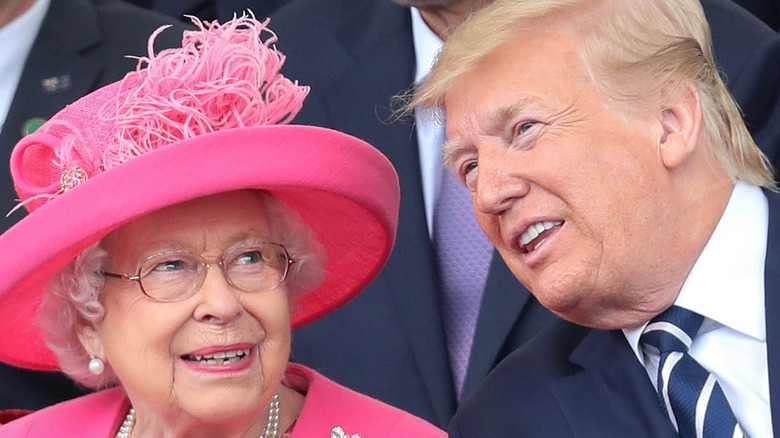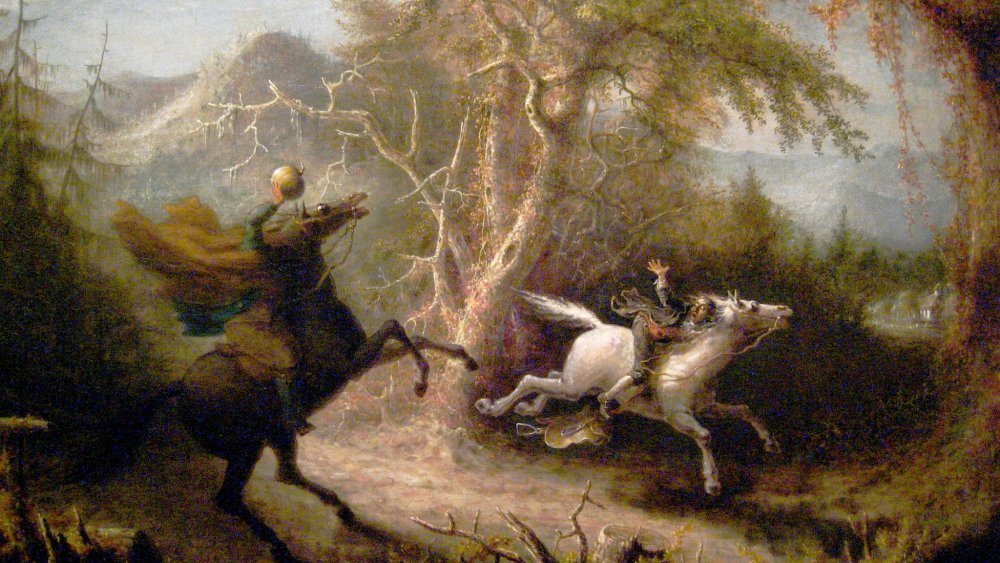
The Tragic Real-Life Story Of Charlie Watts
He provided the beat to many of our favorite songs for nearly six decades, but for many listeners of the Rolling Stones, Charlie Watts’ career went largely unacknowledged. The founding drummer’s presence in the band was often overshadowed by its more flamboyant and hedonistic members. But as any rock historian or plain old music nerd will tell you, Watts was one of the genre’s most talented and underrated drummers. He pulled from a large reserve of influences, primarily jazz, and preferred to do exactly what was needed for each song, nothing more, nothing less, no fancy showing off (he saved that for the solos with his jazz groups).
Stones fans were forced to say a sad goodbye to Charlie Watts after his heart-wrenching death took the world by surprise in August 2021. However, the legacy he left behind in our hearts, in our tapping toes and snapping fingers, will live on long after the rest of us are gone, as well (except Keith Richards; he, apparently, will never die). Let’s take a look back at the life and career of Charlie Watts, the drummer whose sound defined a generation.
Jazz was Charlie Watts' true passion
The world got to know Charlie Watts through the no-frills, backbeat-heavy blues-based rhythms of hits like “Beast of Burden,” “Tumbling Dice,” “Paint It Black,” and so many others, but blues and rock and roll weren’t the drummer’s first musical loves. According to The Guardian, his passion and skill were firmly rooted in the complex rhythms, subtle brush strokes, and showy flourishes of jazz. Watts actually had to learn to tone down his drumming, adapt to a more discreet presence among the other musicians in the rock and roll setup.
But Watts didn’t abandon jazz to play in the most successful rock band in history. He fostered his love of jazz and produced his contributions to it, even as he assumed his place in the pantheon of rock and roll, the genre that blues legend Muddy Waters called the “baby” of the blues. As All Music notes, in the late ’70s, he and founding Stones keyboardist Ian Stewart formed a boogie-woogie band called the Rocket 88. And in the 1990s, his Charlie Watts Quintet released two albums of jazz standards, one that paid homage to a personal hero of his, the pioneering bebop saxophonist Charlie Parker. Watts continued to produce jazz music — while still rocking and rolling for sold-out arenas with the Stones — well into the 21st century, with projects like the tribal/electronica ensemble Charlie Watts/Jim Keltner Project and the ABC&D of Boogie Woogie, among others.
Watts was the best dressed drummer in rock and roll
Aside from his incredible talent, Charlie Watts was also well known for his style. His love of jazz music and the culture around it led him to take extreme care with how he dressed. Influenced by snazzily dressed performers like Duke Ellington, Miles Davis, Charlie Parker, and other jazz legends, he always had impeccable taste in clothing. According to The New York Times, he preferred garments described with terms like double-breasted and three-piece to the loose-fitting rags his bandmates often wore. Although he capitulated a bit during the Stones’ hippy-dippy, Beatles jealousy-driven phase when they released the 1967 album “Their Satanic Majesties Request,” Watts never backed away from his love of haute couture, even when it made him feel a bit like a square among the hippest cats on the scene.
“I always felt totally out of place with the Rolling Stones,” he told GQ in 2012. “Not as a person — they never made me feel like that. I just mean the way I looked.” There was one particular piece fo attire that really ground Watt’s gears; tennis shoes, or as they call them across the pond, trainers. “I hate trainers,” he said, “even if they’re fashionable.” But although he often felt like the sartorial odd man out, he was just what the Stones needed when it came to keeping the beat.
Charlie Watts wasn't as wild as other Stones
His clothes weren’t the only thing that separated Charlie Watts from the rest of the Rolling Stones. According to The Guardian, another aspect of his life that differed from those of his philandering bandmates was in his love life. In contrast to the rock star womanizing of Mick and Keith, Watts was a one-woman man his entire life. He and his wife Shirley Ann were married in 1964, and they stayed married until his death. They had a daughter, Seraphina, and she gave them a granddaughter, Charlotte.
Although he also struggled with drugs and alcohol, Watts’ drug use could be described as mere dabbling compared to that of guitarist Keith Richards. From 1983 to 1986, he abused alcohol, amphetamines, and heroin, a habit that made him become “totally another person,” according to The Guardian. His drug use almost cost him his marriage and everything else he had worked for. After a particularly nasty drunken fall down his cellar stairs to get another bottle of wine, he decided it was time for a change. The fall gave him perspective into what he was doing to himself, and he quit smoking, drinking, and taking drugs all at once. According to Variety, he also got some advice from a rather unlikely source. After he nodded off during a recording session, Keith Richards of all people chided him for using heroin. The advice, of course, had the Keith Richards flavor. “You should do this when you’re older,” he told his dopey drummer.
Watts was also a talented illustrator
Charlie Watts’ talents were not limited to the realm of rhythm. Before making rock and roll history, Charlie Watts had been educated as a graphic designer. Variety notes that he studied at London’s Harrow Art School and even worked for a time in an ad agency in the city. In 1961, Watts joined this artistic talent with his love of music to create a children’s book about the life and music of Charlie Parker. He published it in 1964 under the title “Ode to a High Flying Bird.”
According to uDiscover Music, Watts would go on to incorporate the book into his concerts with the Charlie Watts Quintet. When he toured for the 1992 album “Tribute to Charlie Parker,” he had Bernard Fowler, who had worked as a backup singer for the Stones for years, read extracts from the book in the transitions between covers of Parker’s timeless songs, such as “Cool Blues,” “Just Friends,” and “Dewey Square.”
The time Charlie Watts punched Mick Jagger in the face
This last little tidbit about the life of Charlie Watts might surprise you after all this stuff about him being tamer than the other Stones. But despite the Windsor knots and wingtip oxfords, Watts was still a rock star. And part and parcel of the rock star experience is dealing with the lead singer’s ego. As the L.A. Times tells it, the year was 1984, and Watts and Jagger were going through a rocky patch in their relationship. One night in Amsterdam, Mick got back to the band’s hotel in the wee hours of the morning and called up Watts’ room. In his wildly popular 2010 memoir titled “Life,” Keith Richards said he tried to calm Mick down, but to no avail. The inebriated singer called Watts and barked into the phone, “Where’s my drummer?”
Charlie didn’t respond, so Mick hung up the phone. Then he heard a knock at the door about 20 minutes later. It was Watts, dressed to the nines (of course), and he barreled right past Richards and punched Mick Jagger clean in the kisser. The singer went sprawling back onto the room service cart, which began wheeling toward the window. Richards was able to save Jagger just before he fell out the window and into the cold waters of the Amsterdam canal. Luckily, they were able to work things out and continue rocking for the better part of four more decades after the incident.
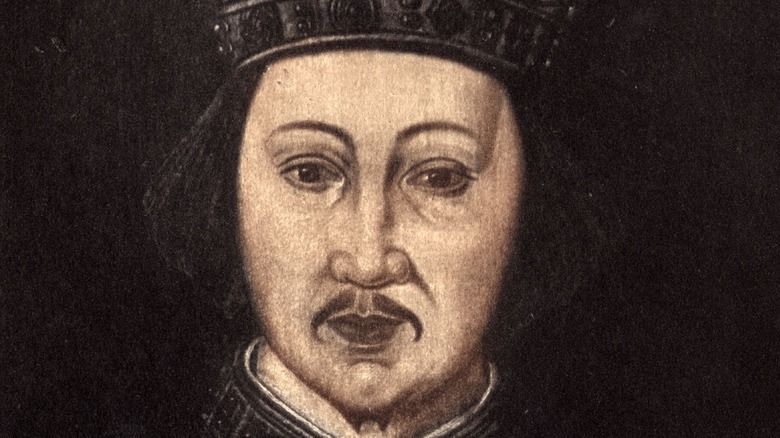
The Messy Drama Between King Richard II And His Family
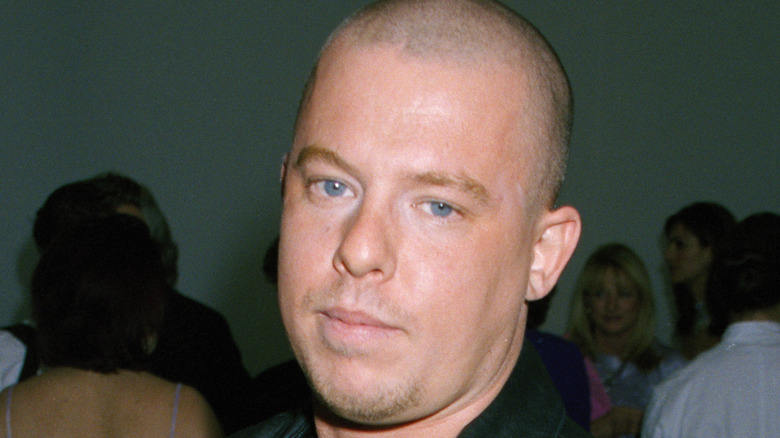
The Tragic Real-Life Story Of Alexander McQueen
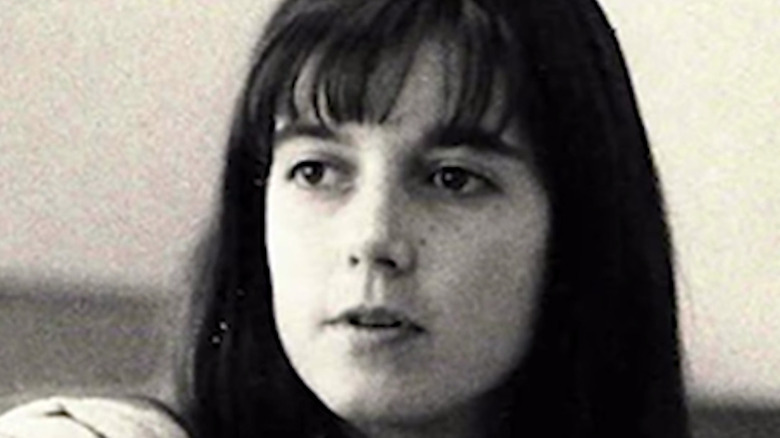
The Tragic Death Of Poltergeist Actress Dominique Dunne

What The Deadliest Avalanche In US History Was Really Like
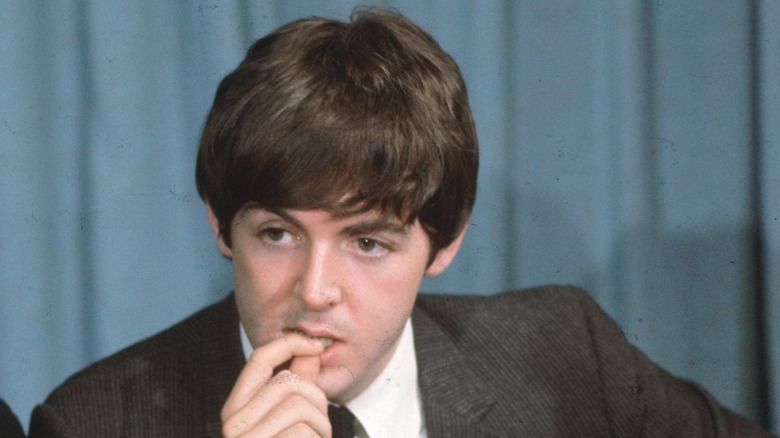
The Tragic Real-Life Story Of Paul McCartney
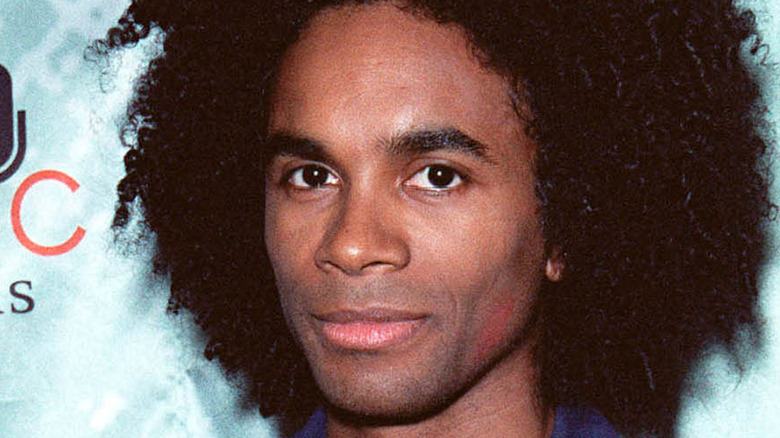
Where Is Fab Morvan From Milli Vanilli Today?
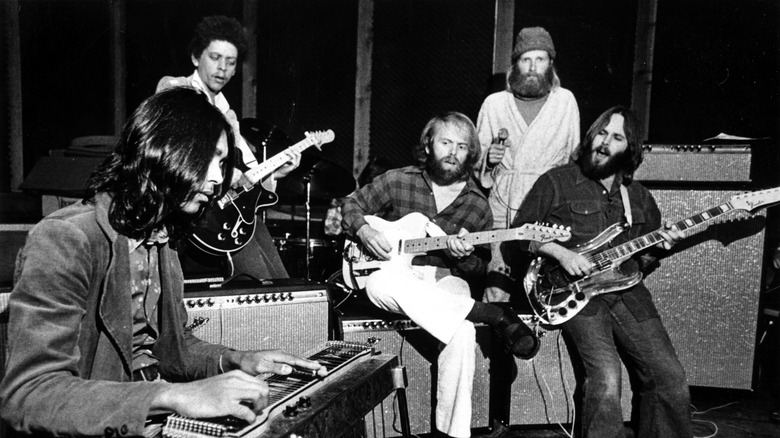
What Happened To Ricky Fataar From The Beach Boys?
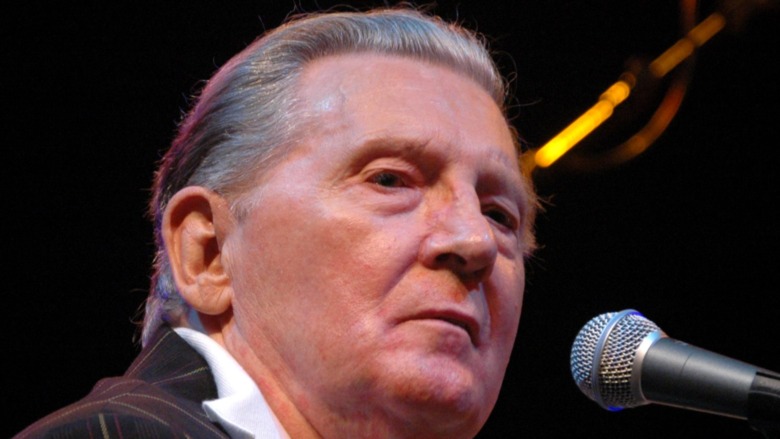
How Jerry Lee Lewis Went Broke
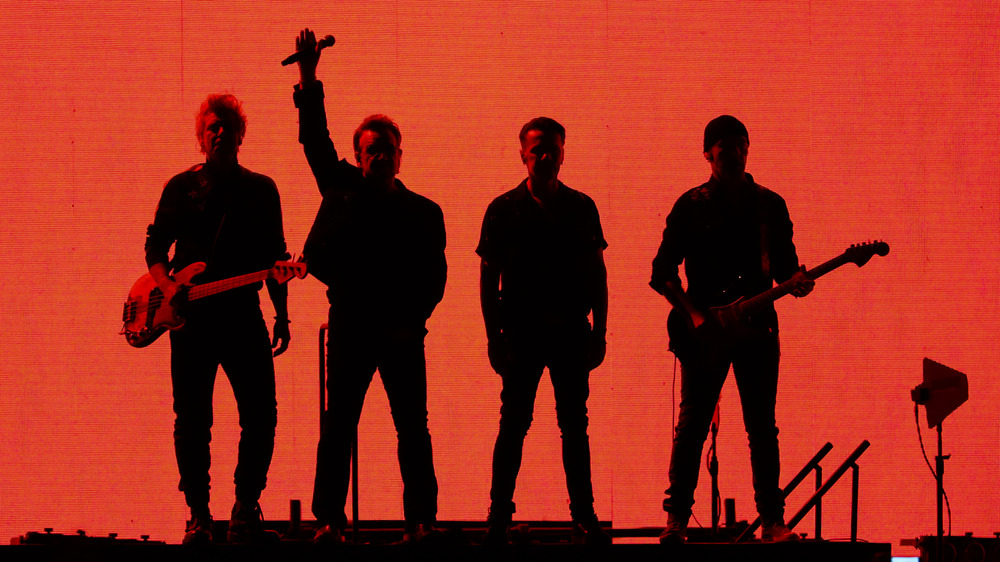
The Horrible Incident That Inspired U2's 'Sunday Bloody Sunday'
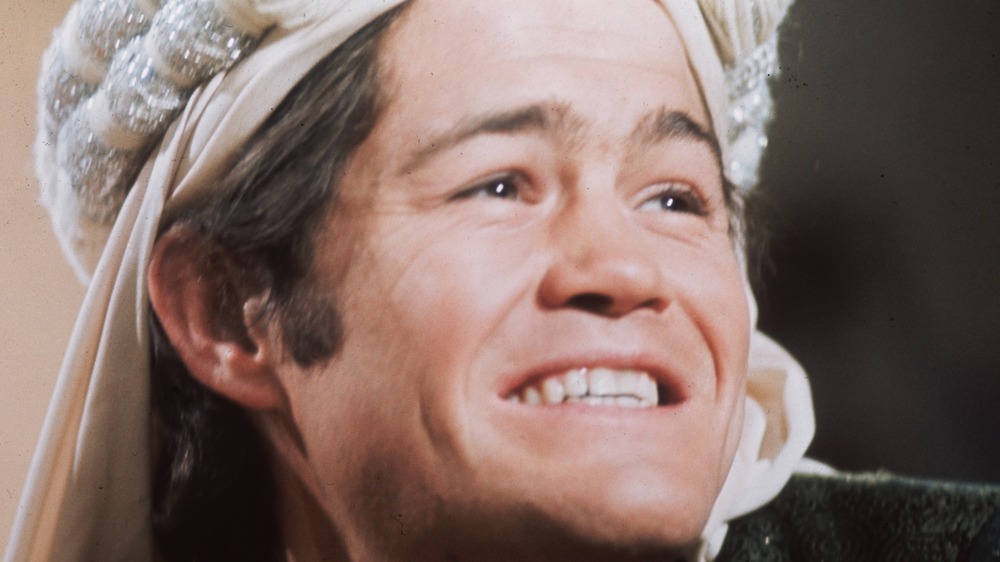
The Untold Truth Of Micky Dolenz
